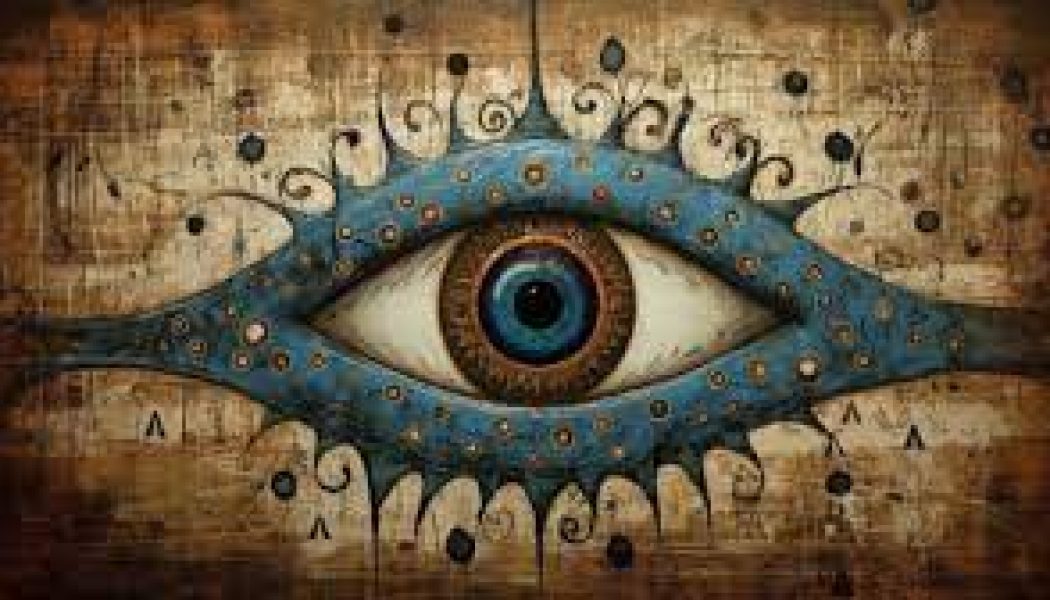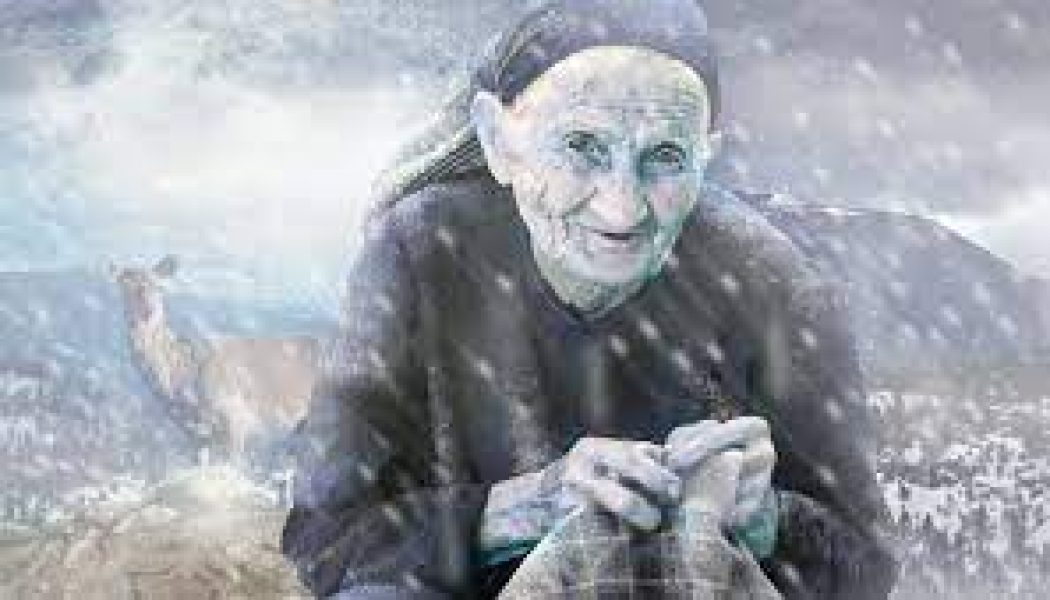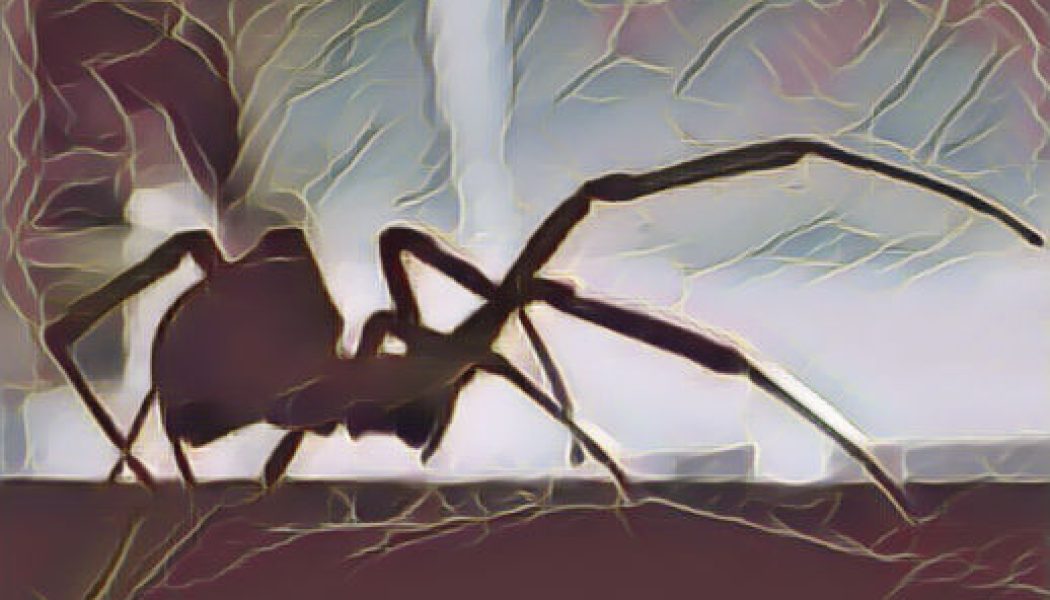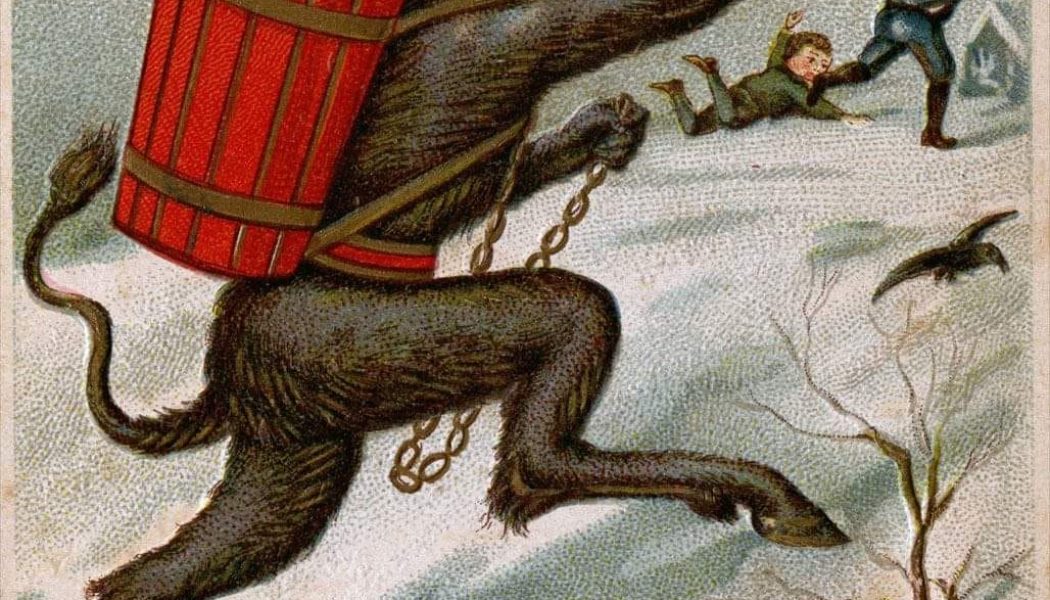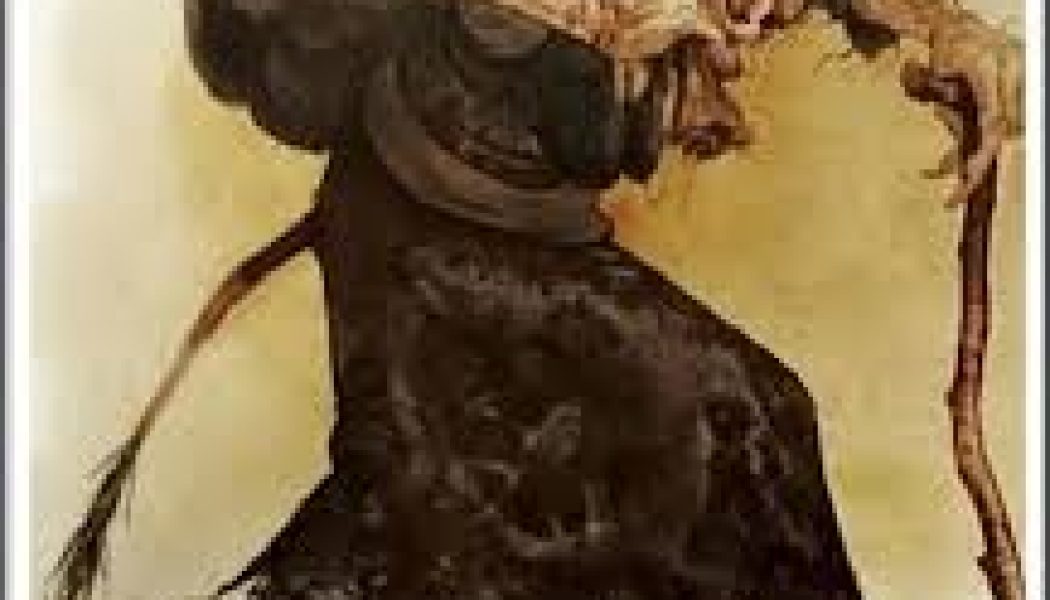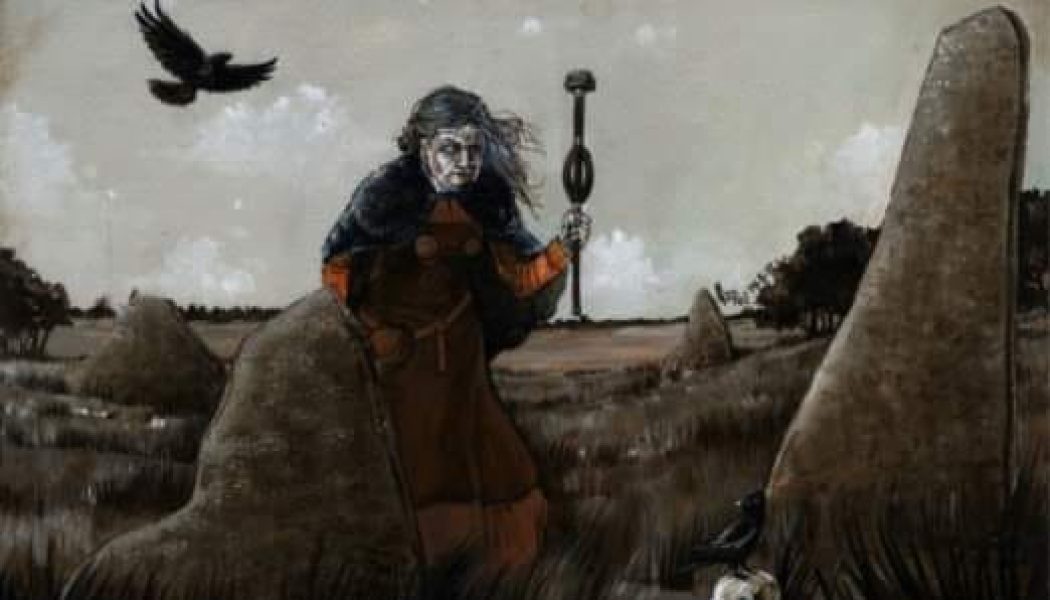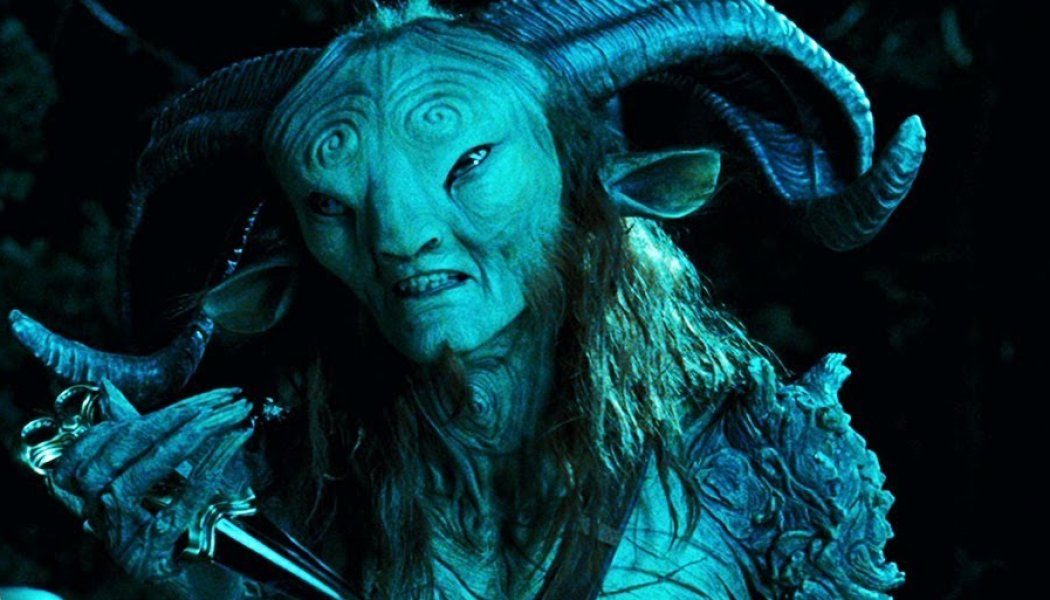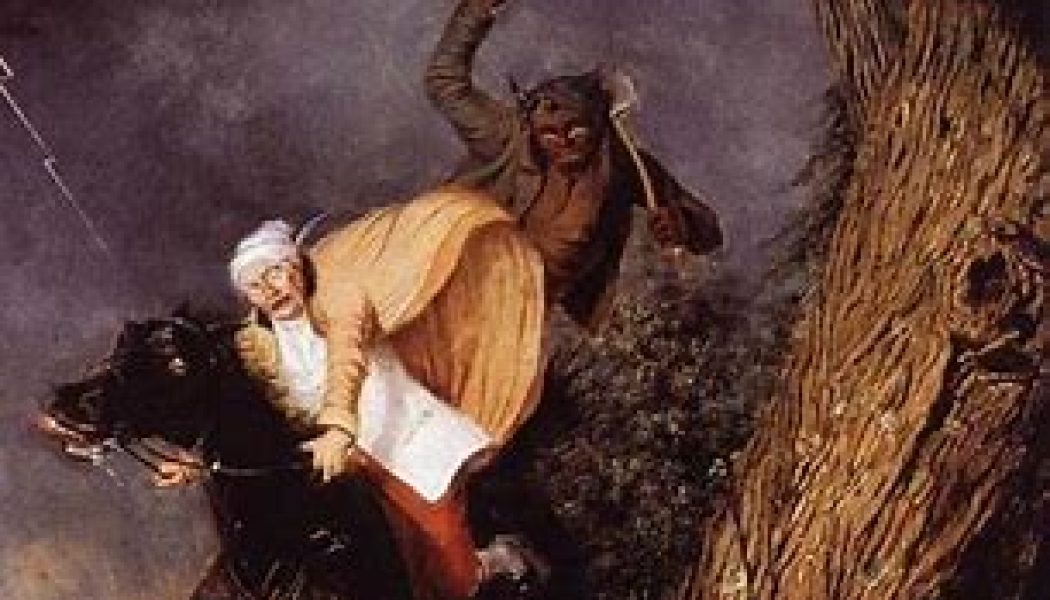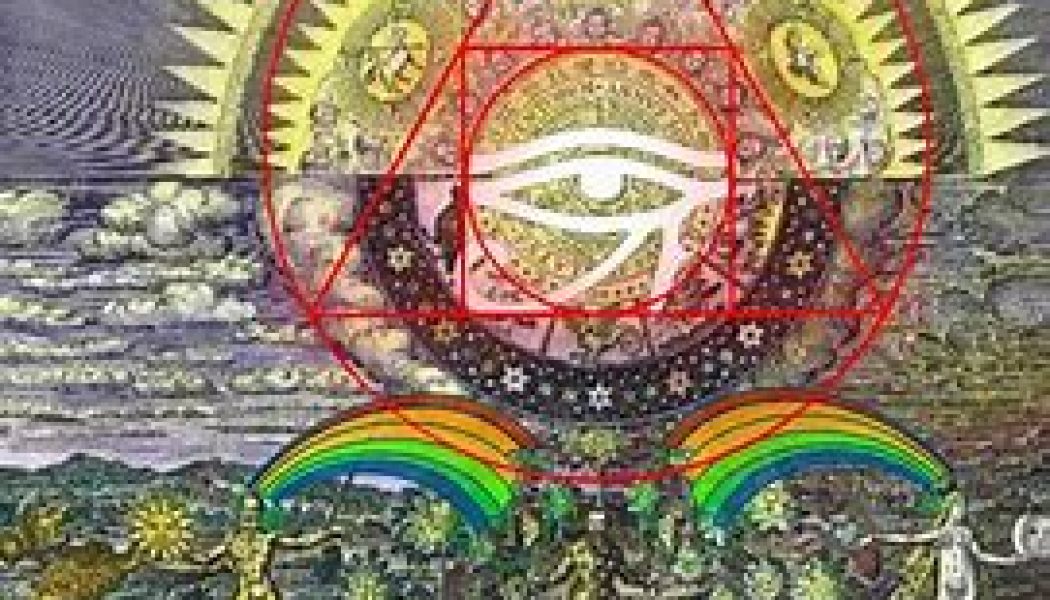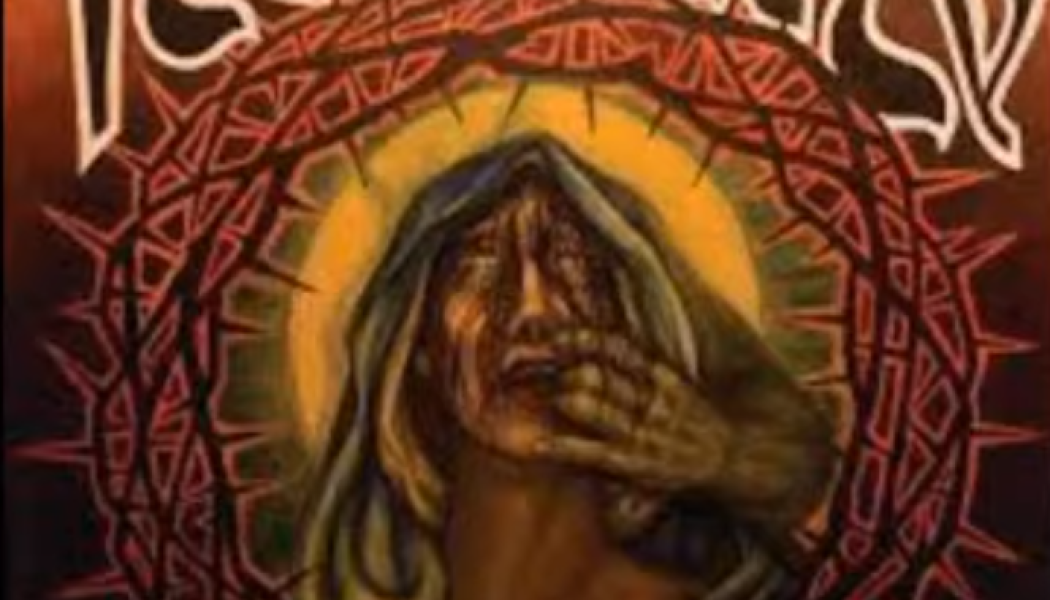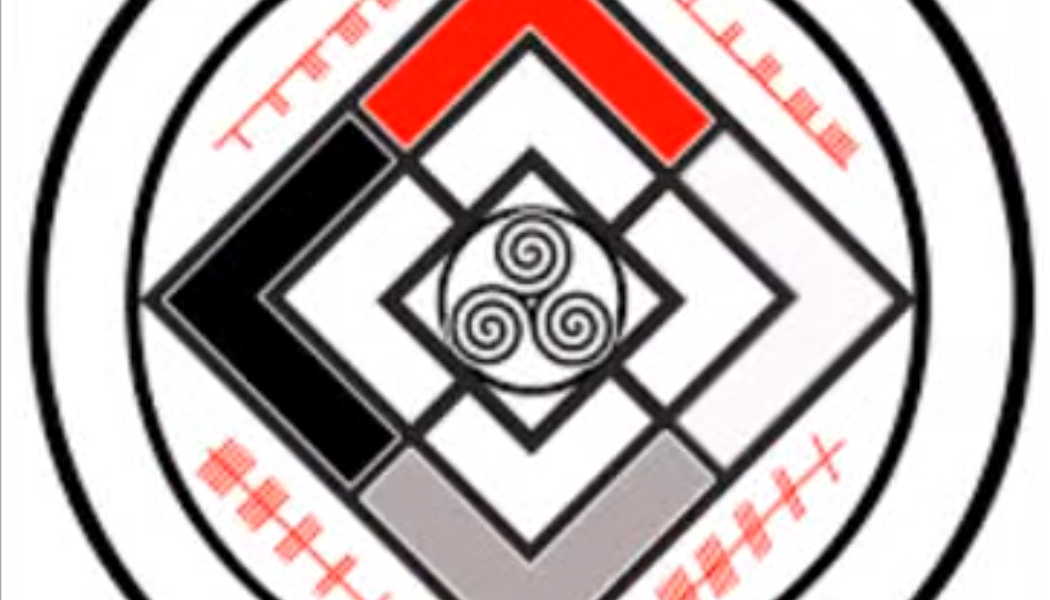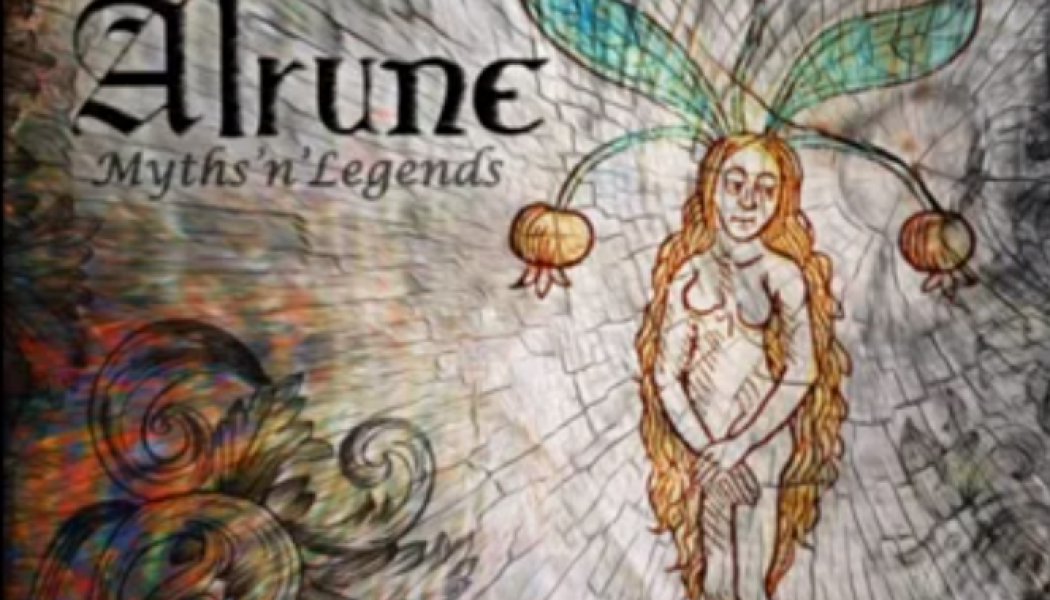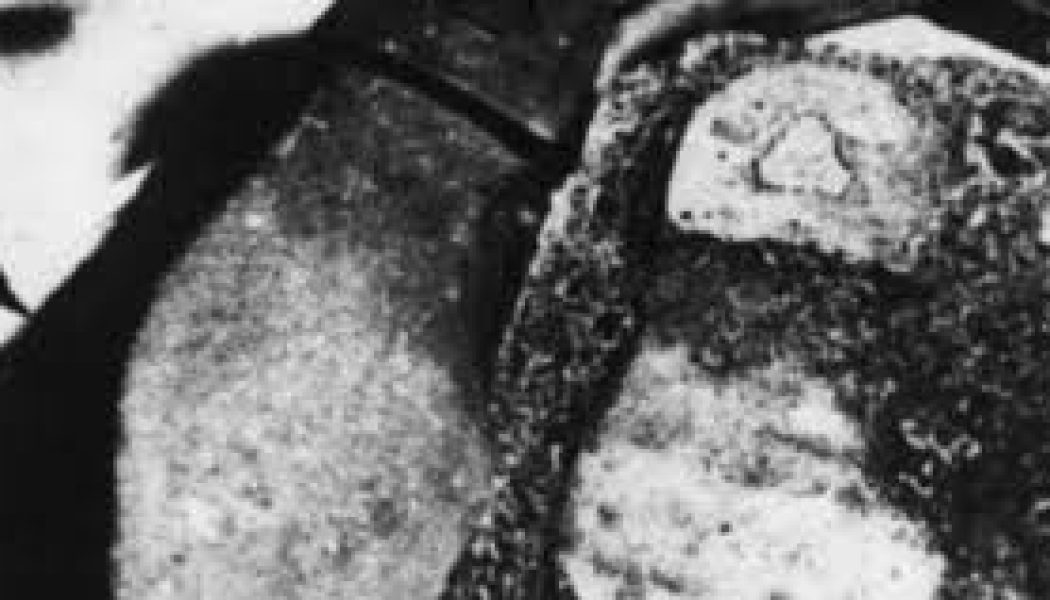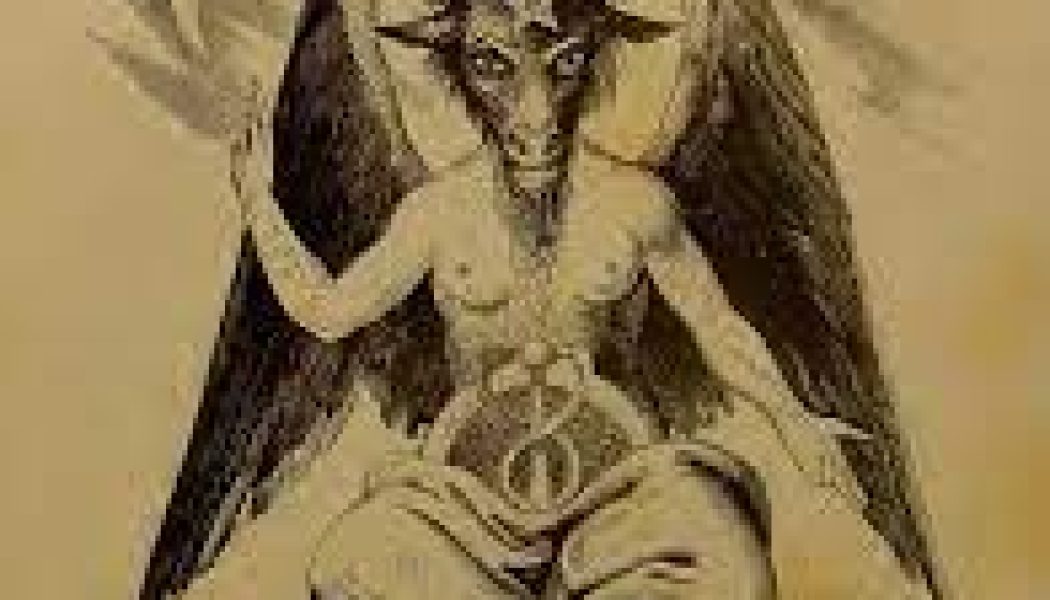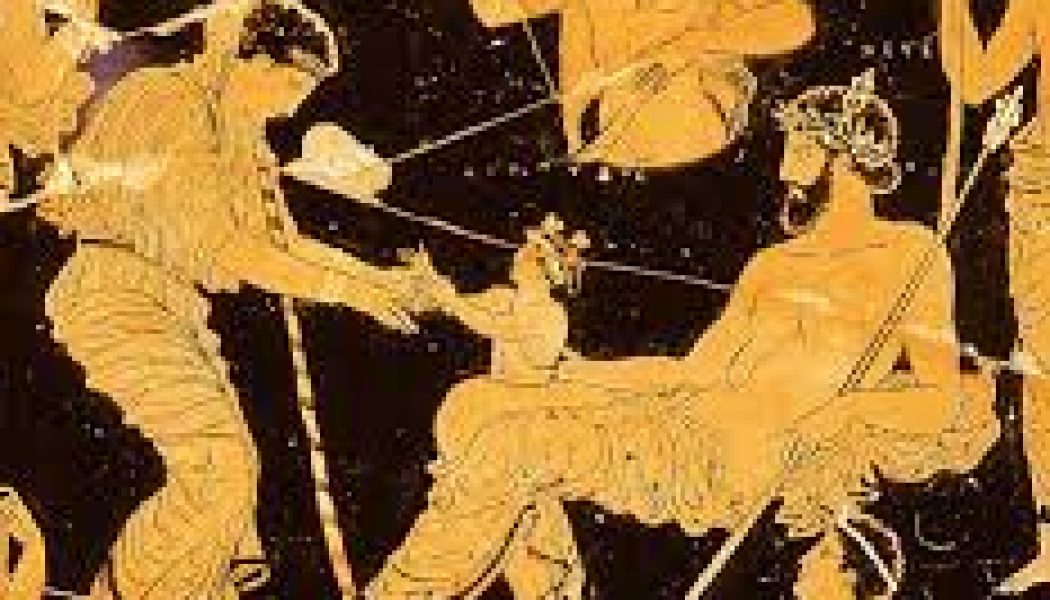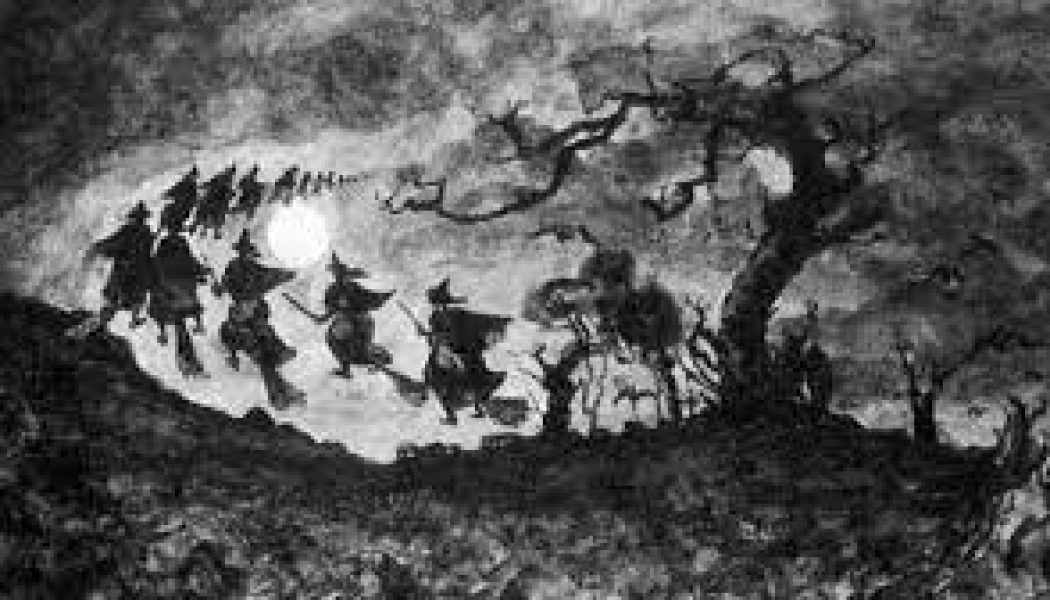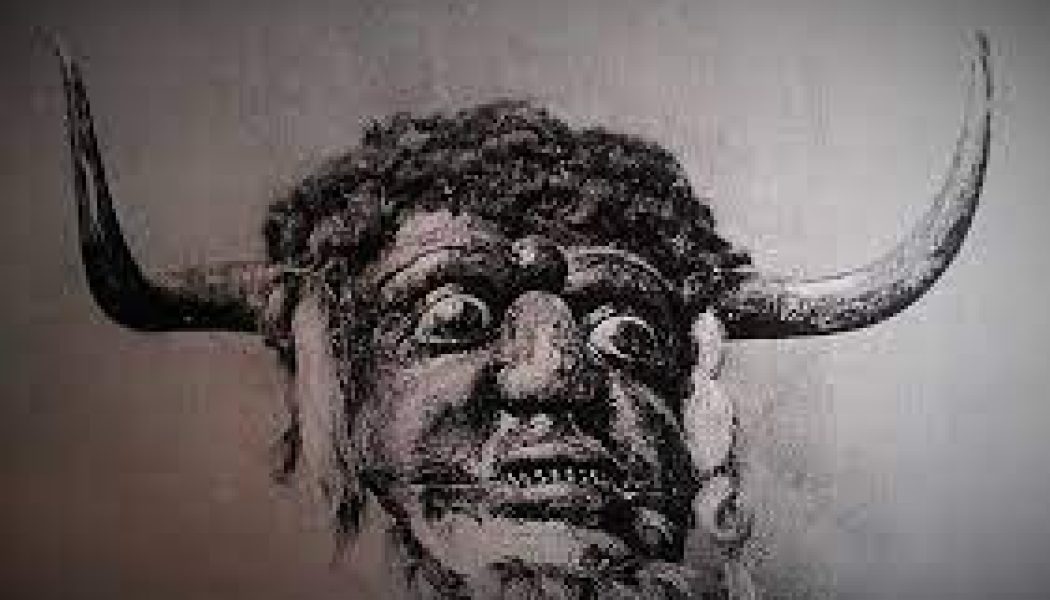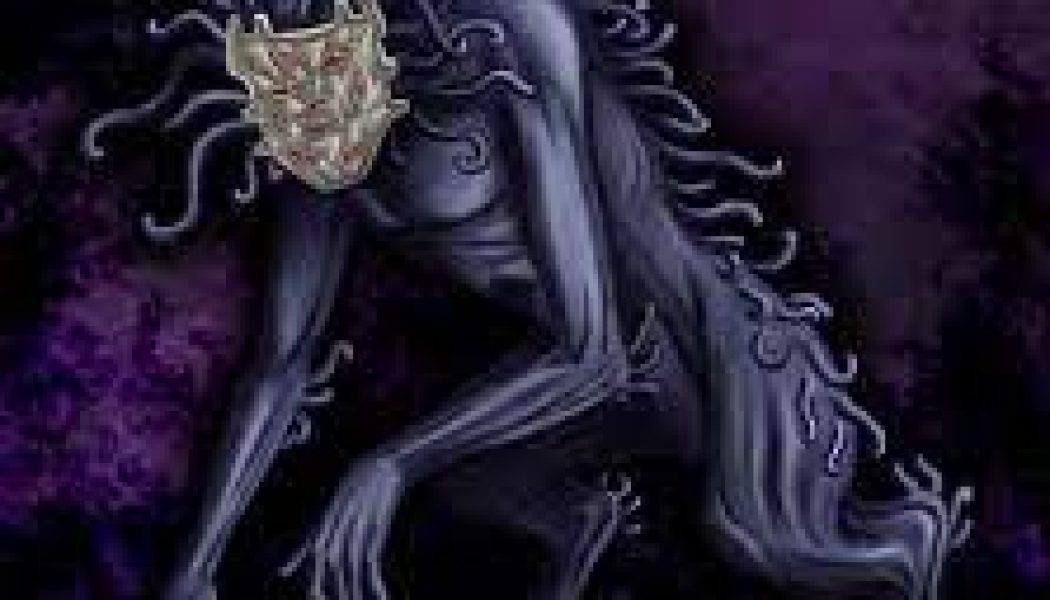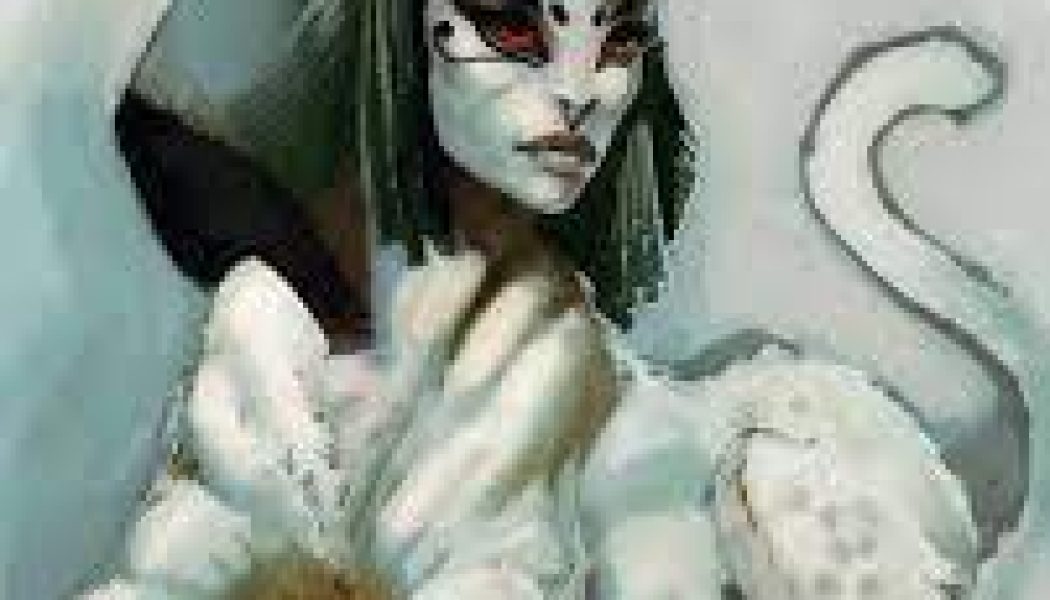Mythology
THE EVIL EYE
The evil eye is an ancient, widespread anddeeply held belief in more than one third of theworld’s cultures, but is particularly stronglyfeared even today in countries of Mediterraneanorigin, and also ...
Cailleach Bhéarra
She above all resonates most greatly with me. Being that shes irish and her home is said to be not far from where i live i love her. Maybe that i am too a crone now. The picture here not to be seen in...
Spiders in Myth and Folklore
Nearly all cultures have some sort of spider mythology, and folktales about these crawly creatures abound! Hopi (Native American): In the Hopi creation story, Spider Woman is the goddess of the earth....
Who is Krampus
Krampus is meant to whip children into being nice. When listening to the radio in December, it’s unlikely to hear holiday songs singing the praises of Krampus:a half-goat, half-demon, horrific b...
Praise Gryla, a Terrifying Christmas Cannibal with 13 Deviant Sons
Gryla, a Terrifying Christmas Cannibal with 13 Deviant SonsIn Iceland, 54 percent of the population believe in elves and other paranormal beings. Grýla—who is believed to kidnap bad children and cook ...
Frau Perchta
Frau Perchta, also known as the belly slitter or Christmas witch from German lore. Like Krampus she goes after naughty people but mostly lazy ones. She hates dirty houses and she keeps a knife in her ...
The Cailleach
In the rich tapestry of Gaelic mythology, the Cailleach emerges as a revered and enigmatic figure. Known as the ‘old woman’ or ‘hag,’ she stands as a divine ancestor, intertwin...
The Labyrinth
In Greek mythology, the Labyrinth (Greek labyrinthos) was an elaborate structure designed and built by the legendary artificer Daedalus for King Minos of Crete at Knossos. Its function was to hold the...
Devil’s Marks
According to witch-hunters, the Devil always permanently marked the bodies of his initiates to seal their pledge of obedience and service to him. He marked them by raking his claw across their flesh o...
Hermetica. Mystical Wisdom
Hermetica Forty-two sacred books of mystical wisdom attributed to the mythical Hermes Trismegistus, or“thrice great Hermes,” the combined Egyptian and Greek deities of Thoth and Hermes, respectively. ...
Allotriophagy
The vomiting or disgorgement of strange or foul objects, usually associated with someone possessed by or obsessed with the Devil or other demons. Such actions also once were seen as illusions or spell...
Airts, The Four
This is an old Gaelic term for the four points of the compass, north, south, east and west. They are important in magic, as the magic circle should always be orientated to them. Early Christian church...
Aiguillette
A knotted loop of thread, also called a ligature, which witches were said to use to cause impotence, and perhaps even castration, in men; barrenness in women; and general discontent in marriage. The a...
Footprints
Footprints are reputed to contain the essence of a person and may be used in magical charms and spells. Dust or dirt taken from a footprint may be used to obtain power over the person who made the pri...
Avalon, The Ancient British Paradise
Avalon, where the dying King Arthur found rest at the end of his epic story, has been identified with the present-day Glastonbury. Many legends cling to this ancient place, among the green hills of So...
The Birth of Dionysus and the Twelve Days of Dionysos
In Orphic tradition the Nativity, Epiphany or birth (Genethlia) of Dionysus is celebrated in the evening of 24th December, and is the beginnng of 12 days of ritual worship of Dionysus the Saviour, and...
The Dorset Ooser
The Ooser was written about in Doreen Valiente’s ABC’s of Witchcraft and in Margaret Murray’s The God of the Witches. It was a hollow mask made of painted wood, trimmed with fur, and crowned with bull...
The Fetch Beast
The Fetch-Beast, also known as the Fetch-Wife, has been dealt with elsewhere in this book, and is the Underworld Self of the Crafter, known in Briar Rose as the Dragon. The third kind of Fetch, the on...
The Powers of the Sphinx
here are said to be four primary things essential to magic. These four principles are the Powers of the Sphinx: To know, to will, to dare, and to keep silent Eliphas Lévi indicates where to start in o...
Castle of Stone
The castles of our system are based on Grail Lore, but they also have representations in the none world. These castles are symbolic of the energies inherent in their names and attributed to them by my...
